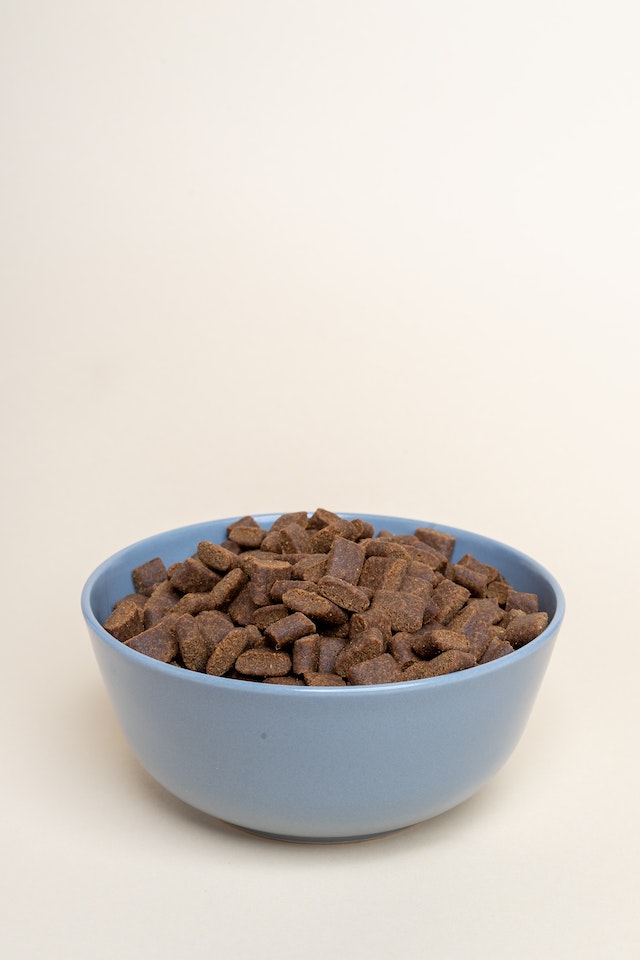Many dog owners are exploring the option of preparing homemade meals for their canine companions. Home cooking provides fresh whole food nutrition tailored to your dog's needs. But is it truly better than the convenience of commercial kibble? Here's an overview of how homemade dog food stacks up against dry food.
| Factor | Homemade Dog Food | Kibble |
|---|---|---|
| Ingredients | Fresh, whole food sources like lean proteins, digestible carbohydrates, nutrient-dense fruits and veggies, healthy fats, and beneficial supplements | Meat meal, grains, carbohydrate-rich binders, vegetable proteins, and pre-mixed vitamin/mineral supplements |
| Prepared vs. Processed | Gently cooked whole food sources | High-heat extrusion process |
| Moisture Content | 85% or more from fresh meats, broths, purees, yogurt, or gravies | Around 10% from high carbohydrate binders |
| Customization | Meets your dog's unique needs by adjusting calories, protein, carbs, and special ingredients | Less customization; formulas designed for puppies, seniors, certain breeds, digestive care, etc. |
| Cost | $2 to $3 per pound when sourcing economical ingredients in bulk and preparing larger batches | $3 to $4 per pound for premium kibbles |
| Shelf Life | 4 to 5 days in the fridge or 2 to 3 months in the freezer | 6 months or more before fats oxidize |
| Convenience | Requires regular hands-on effort to cook meat, carbohydrates, vegetables, and more into balanced recipes | Scooping dry kibble into a bowl is far easier |
| Health Benefits | Improves coat quality, digestive health, allergy symptoms, obesity, and energy levels in dogs | Provides complete, balanced nutrition dogs thrive on |
The best option for your dog will depend on their individual needs and preferences. If you are able to put in the time and effort, homemade food can provide superior nutrition. But if you are looking for a convenient and affordable option, kibble is a good choice.
Talk to your vet if you are considering a homemade diet for your dog, especially if they have any health conditions.

